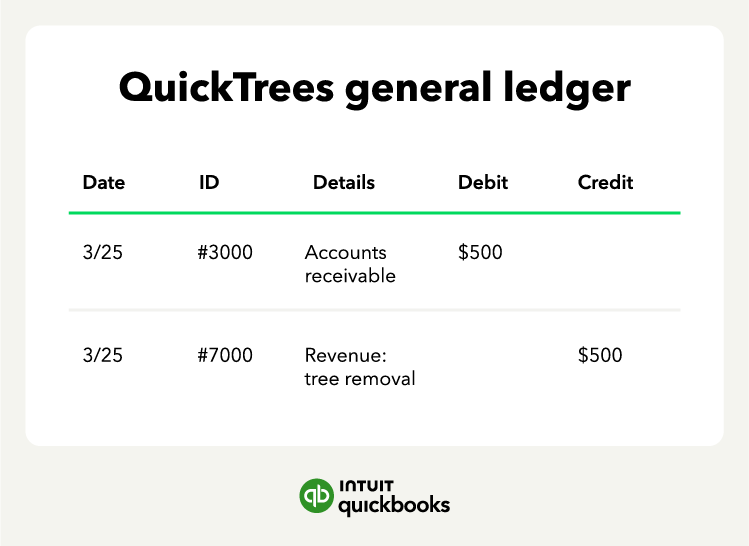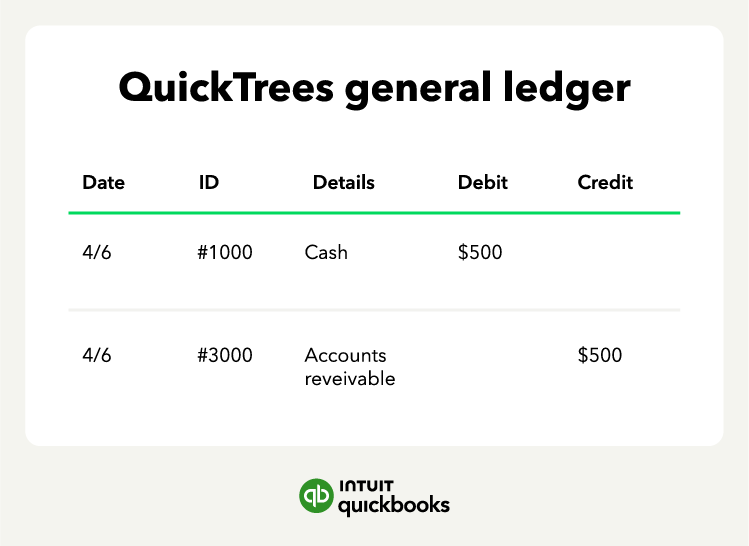
You can measure and track your accounts receivable in several ways, but let’s look at two key ratios:
No small business can last long if it can't collect enough cash to operate. The accounts receivable turnover ratio measures how quickly a company collects invoices. The higher the ratio, the better. Here's the formula:
Accounts receivable turnover ratio = Net credit sales / Average accounts receivable
Net credit sales is sales minus returns. Average accounts receivable is the beginning balance + ending balance divided by two.
This ratio tells you how many times you’re collecting your average accounts receivable balance. A higher ratio means that a company is collecting its receivables more quickly, which is a good thing.
A good turnover ratio depends on your industry. Customers at a grocery store or restaurant pay right away with cash or a card. But businesses that sell big-ticket or bulk items might not get paid for months. To see how you're doing, compare your turnover ratio to other businesses in your industry.
The accounts receivable aging report breaks down your outstanding invoices by how old they are. To create this report, you'll group your accounts receivable balances by the age of each invoice.
A typical aging schedule groups invoices by their number of days outstanding, such as 0-30 days, 31-60 days, 61-90 days, and over 90 days. The goal is to keep receivables from falling too far past due.
The best aging schedule depends on your industry. For example, businesses that collect payments over a period of months may have a larger dollar amount of receivables in the older categories.
With accounting software like QuickBooks, you can access an aging report for accounts receivable in just a few clicks. You’ll want to monitor this report and implement a collections process for emailing and calling clients who fall behind.
Bookkeeping can mean posting dozens of receivable transactions each week. You'll want a solid process in place to make sure you're posting accurate data. Let's say you have a tree service company, and you bill a customer $500 for removing a tree on March 25. Here's the journal entry to record the sale in your general ledger :

The March 25 transaction records the revenue from the tree removal project and increases the accounts receivable by the amount of the sale. When the customer pays the invoice on April 6, the tree service company posts a journal entry to reflect the transaction as follows:

The April 6 transaction removes the accounts receivable from your balance sheet and records the cash payment. You receive the cash in April but correctly recorded the revenue in March.
When recording accounts receivable, you want to post the revenue in the month you earn it. This will keep your accounting records accurate and consistent with accrual accounting .
What happens when a customer doesn't pay you? The easiest way to deal with this is to write off the debt as uncollectable . When you know that a customer can't pay their bill, you’ll change the receivable balance to a bad debt expense.
For example, let's say that Jones Manufacturing owes your tree service company $2,000. On April 30, the company declares bankruptcy and won't be able to pay your invoice. You would post this entry on April 30:
Note that you can also use the allowance for doubtful accounts method, but it’s a bit more complex.
If you’re having trouble collecting invoices, here are some strategies to reduce your outstanding invoices:
Another option for encouraging clients to pay invoices on time is to charge late fees.
Every business needs an accounting system to track their money. A good accounting system with tools for managing invoice accounts receivable can help you get paid faster, so you can focus on running your business.
There are a few big advantages to managing your accounts receivable effectively. For one, it can help you optimize your cash flow and increase your working capital. Automating your accounts receivable can also help reduce the administrative burden of managing it, such as sending automated reminders, invoicing, and tracking payments.
What are the three types of accounts receivable?There are three main types of accounts receivable: trade, notes, and other receivables. Trade receivables are the most common and are money owed to you for goods or services you've already delivered. Notes receivables are the current portion of a promissory note that someone owes you. Other receivables can include things like interest and rent receivables.
Is accounts receivable an asset or liability?Accounts receivable is money that a company is owed by its customers. It's an asset because it has value, and it's a current asset because it's expected to be collected within the next 12 months.
Is accounts receivable revenue?Related:

Marshall Hargrave is a financial writer with over 15 years of expertise spanning the finance and investing fields. He has experience as an editor for Investopedia and has worked with the likes of the Consumer Bankers Association and National Venture Capital Association. Marshall is a former Securities & Exchange Commission-registered investment adviser and holds a Bachelor's degree in finance from Appalachian State University.
Money movement services are provided by Intuit Payments Inc., licensed as a Money Transmitter by the New York State Department of Financial Services. For more information about Intuit Payments' money transmission licenses, please visit https://www.intuit.com/legal/licenses/payment-licenses/.
This content is for information purposes only and should not be considered legal, accounting, or tax advice, or a substitute for obtaining such advice specific to your business. Additional information and exceptions may apply. Applicable laws may vary by state or locality. No assurance is given that the information is comprehensive in its coverage or that it is suitable in dealing with a customer’s particular situation. Intuit Inc. does not have any responsibility for updating or revising any information presented herein. Accordingly, the information provided should not be relied upon as a substitute for independent research. Intuit Inc. does not warrant that the material contained herein will continue to be accurate nor that it is completely free of errors when published. Readers should verify statements before relying on them.
We provide third-party links as a convenience and for informational purposes only. Intuit does not endorse or approve these products and services, or the opinions of these corporations or organizations or individuals. Intuit accepts no responsibility for the accuracy, legality, or content on these sites.